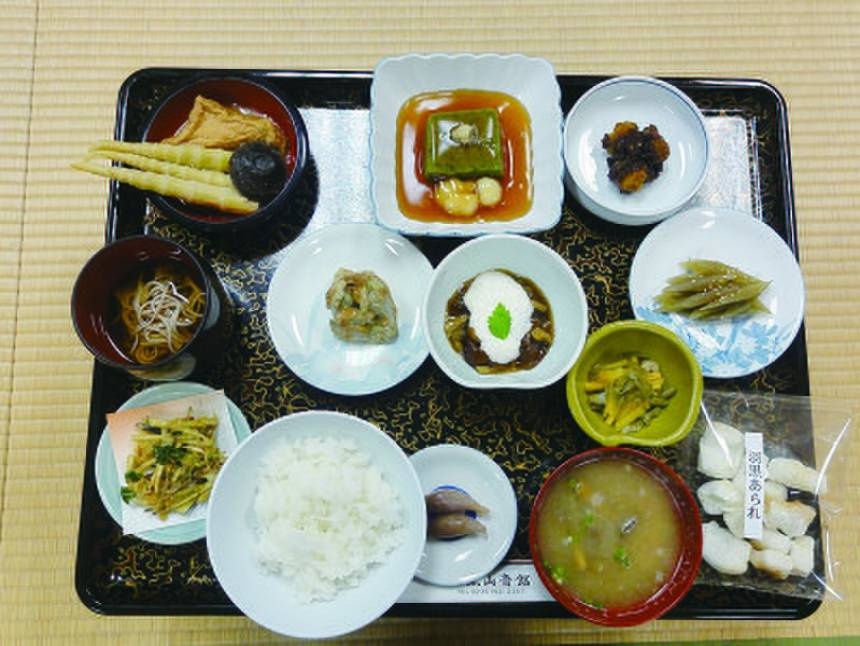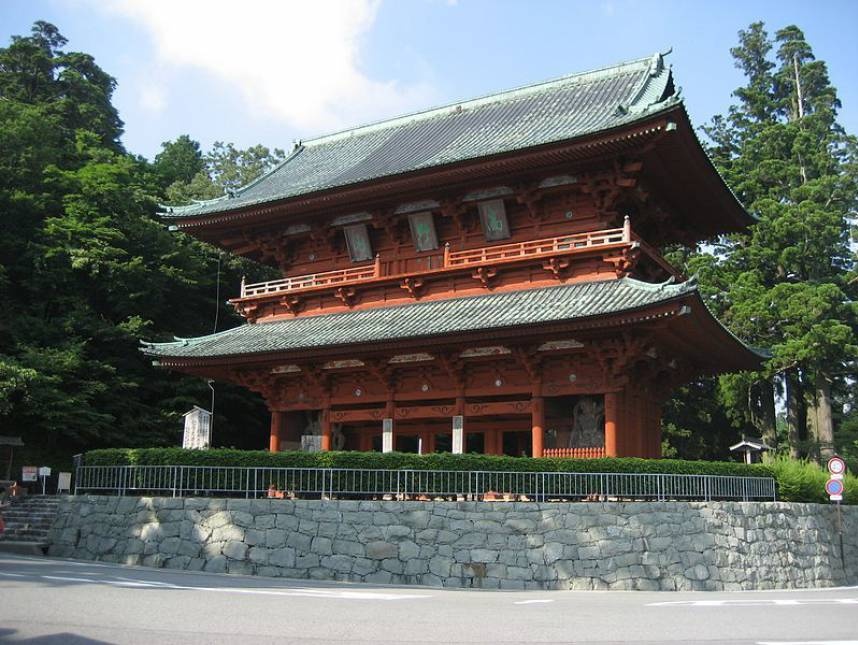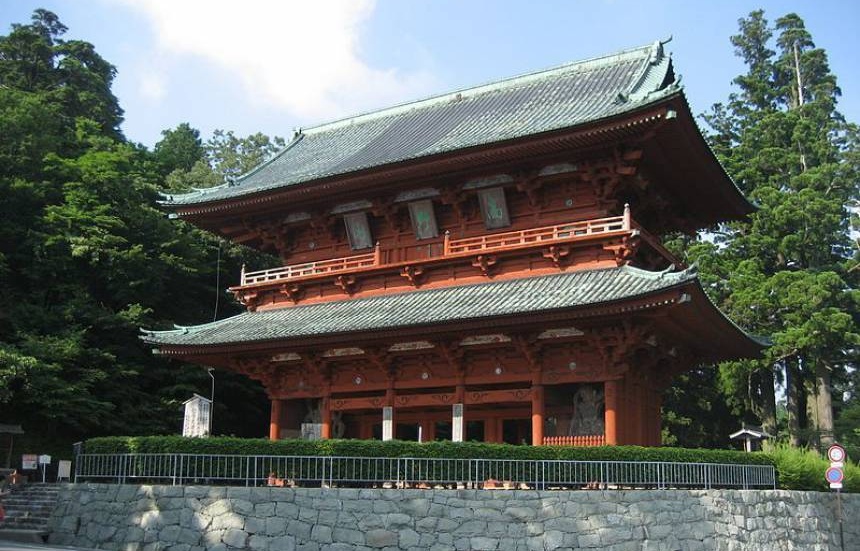Ultimate Itinerary: Koyasan in Wakayama
The extensive and historical site of Koyasan in Wakayama Prefecture has been the center of pilgrimage for over 1,200 years. In total, there are more than 2000 temples and buildings to explore. In 2004, many of these sites and the pilgrimage routes that people would take to the temples were declared a UNESCO World Heritage Site.
By Trip1018. Experience a temple-stay in Koyasan, Wakayama
For us, one of the best ways to enjoy the area; the sights, the food, and the atmosphere is to actually stay onsite. There are many beautiful temples that have created lodgings and opened their doors to the general public. This type of accommodation is called Shukubo. It is a fantastic way to become fully Immersed in the spirituality and uniqueness of Koyasan.
7. Enjoy a Shojin Ryori meal

https://static.trip101.com/paragraph_media/pictures/001/725/739/large/799px-Menu_simple_de_shojin_ryori.jpg?1570522587
There are many unique and traditional vegetarian meals found on the complexes and surrounding areas. For religious regions, vegetarian food is the heart of this community and you can also enjoy a “Shojin Ryori” meal. Do some research before you depart to find which local Shukubo temple has a meal that you would like to try. This traditional style of cooking is primarily meant to represent the sense and flavors of the seasons. If you’re a vegetarian, you’ll be in food heaven and if you’re a dedicated meat-eater, we think you’ll be surprised by the depth and taste of these dishes.
6. Discover history on the Pilgrimage Trails

https://static.trip101.com/paragraph_media/pictures/001/725/738/large/800px-Koya_Pilgrimage_Routes_28Kyoosakamichi-Hudozaka_29.jpg?1570522586
There are a number of trails up the mountain to the temple site. Most people tend to take a cable car up to the summit of the mountain but originally, pilgrims would take a long and (somewhat) arduous pilgrimage to the top of the mountain. The Fudozaka Trail starts at Gokurakubashi Station, is 2.5 kilometers (1.5 miles) long and will take, on average, about an hour to complete. The Women’s Pilgrimage Course leads around the main site of Koyasan and will take about 2.5 hours to complete. Finally, Kohechi Trail is the hardest route that will take a week.
5. Bow before the Gods at Daimon Gate

https://static.trip101.com/paragraph_media/pictures/001/725/737/large/800px-Daimon_Gate_-_panoramio.jpg?1570522585
Daimon Gate is a large gateway that represents the entrance to the temple site. There are many pilgrimage trails around the site which were used in ancient times. Nowadays, people tend to simply take the cable car to the top of the mountain. This means that where once upon a time Daimon Gate marked the end of their pilgrimage, it now stands proud as the beginning of the temple site. The gate is lit up at night and is a beautiful beacon.
4. Relish the art at Koyasan Reihōkan
This museum is home to thousands of important works of art. There is a permanent display and regular temporary exhibitions. The main entrance is styled as a replica of the Byodoin Temple in Uji. All of the works of art are religious in theme and include many different mediums, such as mandalas, paintings, and statues. The highlight is the scroll depicting the “Reclining Image of Sakyamuni Buddha on His Last Day”. It is an hour and 45 minutes from Osaka.




